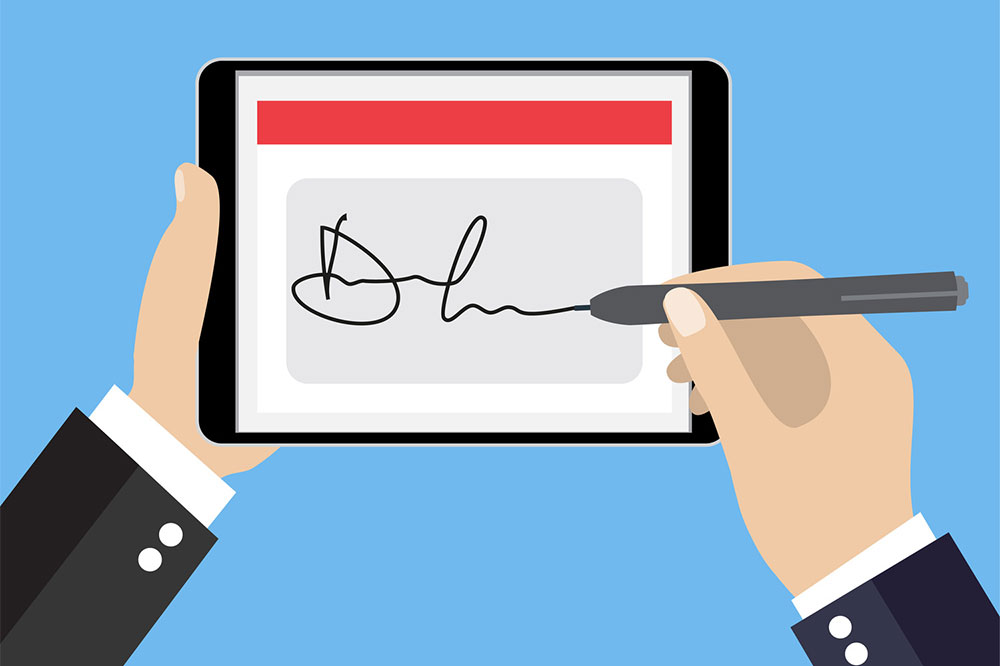Choosing the Right Employee Performance Management Tool: Key Benefits and Selection Tips
Discover the advantages of employee performance management software and learn four expert tips to select the perfect platform for your organization. Improve employee engagement, boost productivity, and streamline evaluations with the right tool. This guide helps you analyze current processes, set goals, identify essential features, and ensure ease of use, making your selection process more efficient and effective for organizational growth.

Advantages of Employee Performance Management Software and 4 Expert Tips for Selection
Effective performance management is vital for organizational growth, directly impacting employee engagement and motivation. Employee performance management software simplifies this process by streamlining reviews and administrative tasks. With numerous options on the market, selecting the most suitable platform can be challenging.
In this article, we explore the key benefits of performance management software and outline four essential tips to help you choose the ideal solution for your organization.
Key Benefits
This software provides significant advantages for both employers and staff, including increased productivity and improved business outcomes.
A few notable benefits include:
User-friendly dashboards for strategic decisions
Real-time tracking of team progress
Boosted employee efficiency
Reduction of assessment bias
Enhanced motivation and retention
Fewer payroll discrepancies
Alleviates HR workload
Improved hiring quality
Guidelines for Selecting the Best Software
Consider these key points when evaluating employee performance management tools for your organization:
Assess Current Processes
Begin by understanding why you need new software. Are payroll errors an issue? Struggling to engage employees? Identifying specific problem areas helps you focus on solutions that align with your needs. Recognize strengths in your current system and cultural elements that should be maintained or improved.
Set Clear Objectives
After analyzing existing gaps, establish measurable goals for what you want to achieve, such as streamlining evaluations or improving communication. Clearly defined objectives guide your software choice.
Define Required Features
List essential functionalities that match your organizational structure. Look for modules that cater to different job roles or workflows if needed, ensuring the platform adds value and flexibility.
Test for User-Friendliness
Choose software with an intuitive interface to facilitate ease of use across your team. Request free trials to evaluate usability, and avoid platforms that cause confusion or hinder workflows.
Note:
Our blog offers diverse insights across various topics, providing valuable research and practical tips. However, content should not be taken as definitive advice. The editorial team does not guarantee accuracy or latest data across all platforms. Readers are encouraged to seek additional information and explore available schemes or offers that may better suit their needs.










